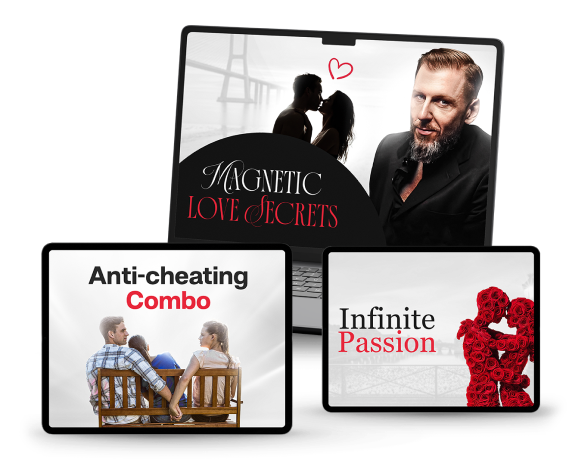Understanding Hinge vs eHarmony
Hinge and eHarmony are two popular dating platforms that cater to individuals seeking meaningful relationships. While both services aim to connect users, they employ different methodologies and target demographics. Hinge is known for its user-friendly interface and emphasis on creating engaging profiles, while eHarmony focuses on compatibility through a detailed personality assessment.
Target Audience: Hinge vs eHarmony
Hinge primarily targets younger adults, particularly those in their late twenties to early thirties, who are looking for serious relationships. In contrast, eHarmony appeals to a broader age range, including individuals aged 25 to 55, who are often seeking long-term commitments. Understanding the target audience is crucial when choosing between these two platforms.
Profile Creation: Hinge vs eHarmony
Creating a profile on Hinge involves answering prompts and uploading photos that reflect your personality and interests. This interactive approach encourages users to showcase their individuality. eHarmony, on the other hand, requires users to complete an extensive questionnaire that assesses various aspects of their personality, values, and relationship preferences, resulting in a more traditional profile setup.
Matching Algorithms: Hinge vs eHarmony
The matching algorithms of Hinge and eHarmony differ significantly. Hinge uses a “like” system where users can engage with specific parts of a profile, fostering more meaningful interactions. eHarmony employs a comprehensive compatibility matching system that analyzes user responses to its questionnaire, providing matches based on shared values and relationship goals.
User Experience: Hinge vs eHarmony
Hinge is designed to be intuitive and engaging, encouraging users to interact with potential matches through prompts and questions. This gamified experience makes it appealing to younger users. eHarmony, while effective, can feel more formal and structured due to its extensive onboarding process and focus on compatibility, which may appeal to those seeking a more serious approach.
Subscription Models: Hinge vs eHarmony
Both platforms offer free and premium subscription options, but their pricing structures differ. Hinge provides a free version with limited features, while its premium subscription unlocks additional capabilities, such as seeing who liked your profile. eHarmony typically requires a paid subscription for full access, with a focus on long-term relationship seekers willing to invest in their dating experience.
Success Rates: Hinge vs eHarmony
Success rates can vary based on individual experiences, but eHarmony is often touted for its high success rate in fostering long-term relationships. Hinge, however, has gained popularity for its ability to facilitate connections that lead to meaningful dates. Users should consider their relationship goals when evaluating the success rates of each platform.
Community and Support: Hinge vs eHarmony
Both Hinge and eHarmony have established communities that support users in their dating journeys. Hinge encourages users to share their experiences and offers tips for successful dating. eHarmony provides extensive resources, including relationship advice and counseling, catering to those who may need additional support in their search for love.
Safety Features: Hinge vs eHarmony
Safety is a priority for both platforms, with features designed to protect users. Hinge allows users to report and block individuals, while eHarmony employs a thorough verification process to ensure genuine profiles. Understanding the safety measures in place can help users feel more secure while navigating online dating.
Final Thoughts on Hinge vs eHarmony
Choosing between Hinge and eHarmony ultimately depends on individual preferences and relationship goals. Hinge may appeal to those looking for a more casual yet engaging experience, while eHarmony is better suited for individuals seeking a structured approach to finding a long-term partner. Evaluating these factors will help users make an informed decision in their dating journey.



